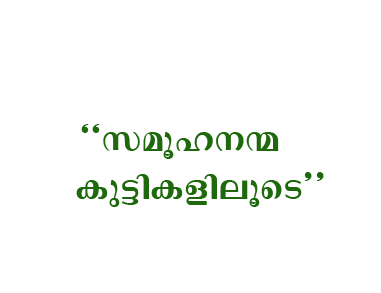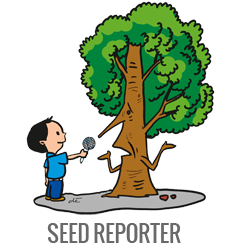Hiroshima Day
On : August - 06
On August 6, 1945 the US dropped an atomic bomb on the city of Hiroshima, Japan, and three days later another one on Nagasaki. More than 100,000 people, mostly civilians, were killed instantly and for years afterwards, from horrible burns and radiation sickness.
Fortunately, nuclear weapons have not been used again on civilians, but they continue to remain a constant threat. Thousands of nuclear weapons remain on alert, ready to be fired at a moment's notice. These bombs could go off at any time by accident or at the hands of terrorists.
Recognizing that there are enough nuclear weapons to destroy the planet, most nations signed the Non-Proliferation Treaty (NPT), agreeing to prevent the spread of nuclear weapons and to work towards eliminating them. The NPT went into effect in 1970, but the number of nations with nukes has nearly doubled and there is still no timetable to eliminate nuclear weapons. A people's movement has grown to convince governments to rid the world of the nuclear threat. 5 regions, covering most of the Southern hemisphere and more than 250 municipalities around the world have declared themselves as Nuclear Free Zones.
Many are also concerned about the growing use of nuclear energy around the world. After over 30 years of building nuclear power plants, there is still no safe way of disposing the contaminated nuclear materials that are produced. These contaminated wastes endanger our environment and the lives of countless generations to come. No Nukes Day, often called Hiroshima Day, is an opportunity to raise awareness about the threat of nuclear weapons and the dangers of nuclear energy.















